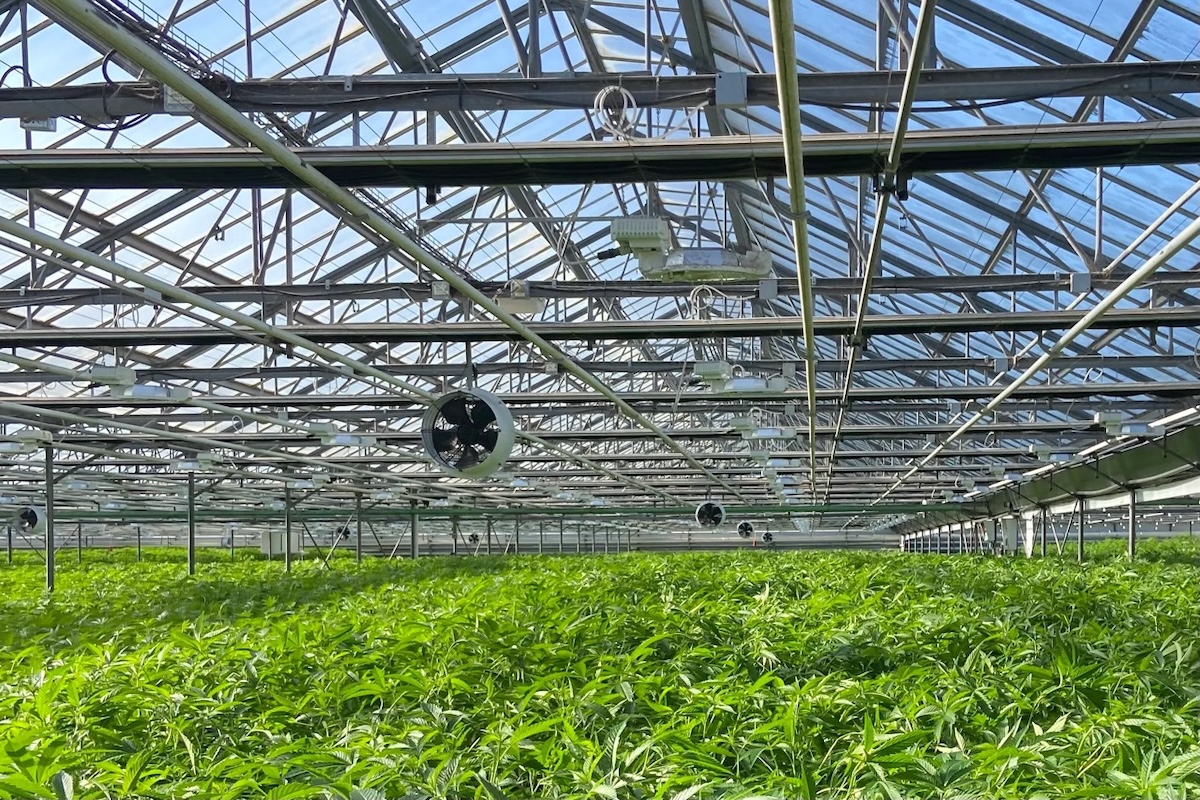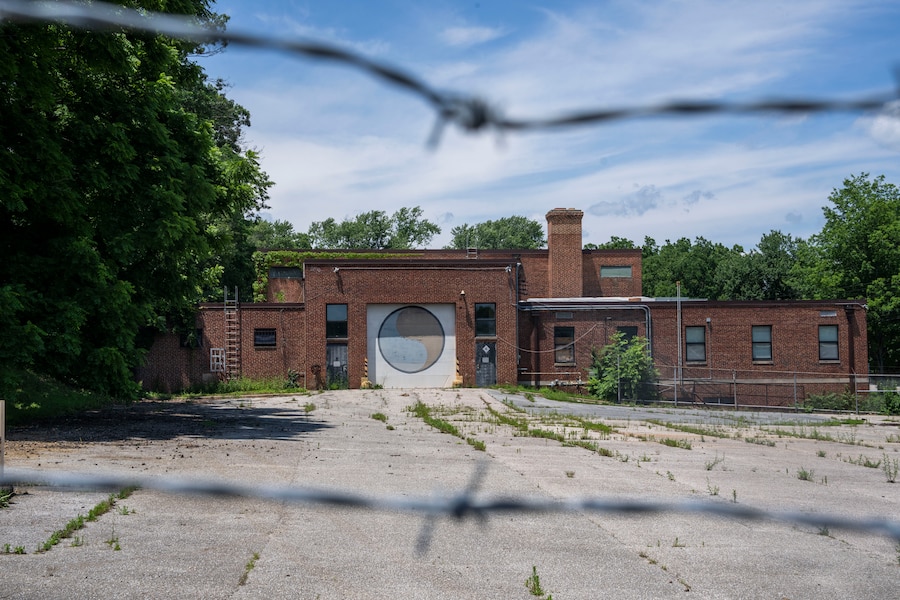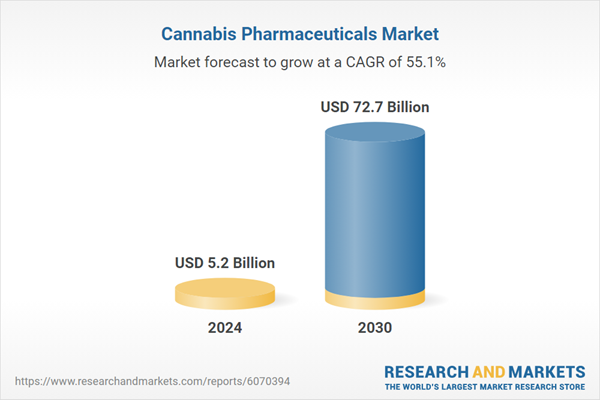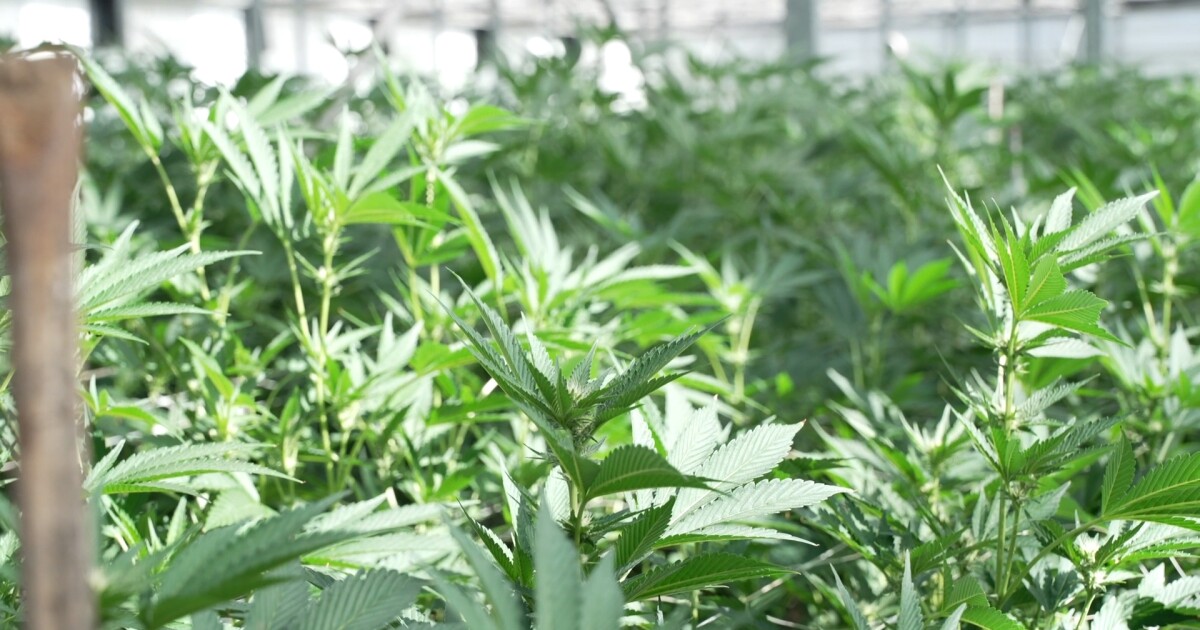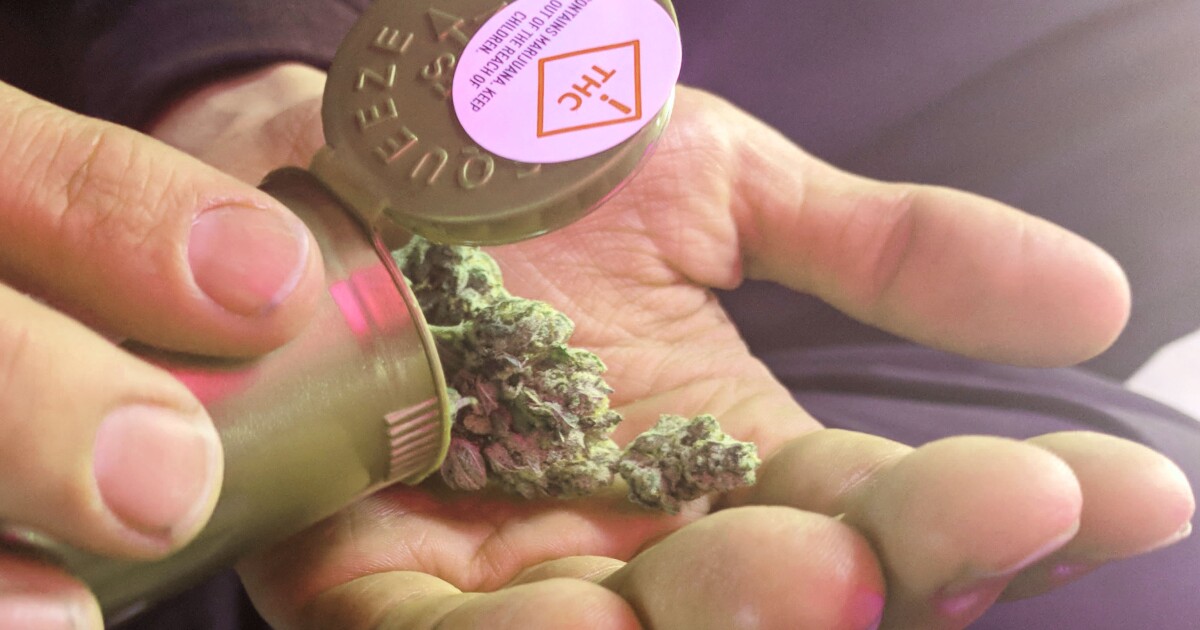The County Dept. of Planning and Development Services (PDS) held a webinar June 25 on its proposed Socially Equitable Cannabis Program, that included a summary of public comments and an update.
County staff was led by Dara Elkurdi, long range planner. Given that this is a menu where you can order anything you wants, as long as it’s chicken, there was no Q&A or comments taken.
“This is not a debate about the legalization of cannabis,” said Elkurdi. She urged those wanting to weigh in to contact elected representatives or send comments to the Board of Supervisors.
The supervisors are likely to vote on the program before the end of this year, she said.
The supervisors directed staff in January 2021 to develop the Socially Equitable Cannabis Program, “intended to establish safe legal access to cannabis along with an equitable path to cannabis-related business opportunities in our unincorporated county.”
It focuses on: regulatory requirements, environmental impact considerations, a licensing and permitting framework and support for equitable access to business related opportunities.
Regulatory requirements concern revisions to the County’s current regulations to allow for new and expanded commercial cannabis businesses in the unincorporated county. Including revisions to the County’s regulatory code and zoning ordinance to establish where and how cannabis businesses can operate.
Second is analysis of potential impacts to the environment from the proposed program. Part of this analysis is identifying ways to reduce those impacts. Those efforts are included in the Environmental Impact Report.
They are also developing structures and procedures for issuing licenses and other permits to run a cannabis business.
The final component focuses on providing support to eligible applicants to successfully establish or gain employment and a cannabis business.
“This include efforts to address the adverse impacts that cannabis criminalization had on people and their communities,” said Elkurdi. That is being led by the County’s Office Of Equity And Racial Justice—through the Social Equity Program.
Elkurdi reported on comments received during the public review period, January 30, 2025 —March 31, 2025 on the draft EIR and the draft regulatory code and zoning ordinance.
Currently the staff is reviewing all the public feedback received during the public review period.
“This input is really going to help us shape and finalize that program in alignment with all of these stakeholder perspectives that we had and the final EIR—along with responses with those comments and the updated ordinances—are all going to be made available ahead of the public hearings around fall of this year,” said Elkurdi.
The program will probably go to the Planning Commission for its recommendation in the winter of 2025-26, although dates are fluid.
She noted that the webinar she was holding was not mandated under the California Environmental Quality Act (CEQA), but in response to requests to see some of the responses the County had gotten.
“We are holding this webinar because we want to be responsive to those requests and to provide some transparency on the kinds of comments that we received,” she said.
Since the board gave direction to staff in January 2021 the County has conducted 258 outreach meetings, including 33 county-hosted public outreach meetings, 31 meetings with county technical advisory and stakeholder groups, 49 meetings with community planning and sponsor groups, 28 meetings with local tribes, 51 coordination meetings with regulatory and government agencies and 67 other individual and group meetings.
Staff also attends cannabis meetings hosted by the Department of Cannabis Control or other advisory groups or forums to learn about other cannabis issues throughout the state.
Public feedback has helped shape the development of the program.
The County originally started with proposed measures for the zoning ordinance and regulatory code and then took these measures to public outreach events. After each outreach event they reviewed the comments.
“They were really instrumental in helping us identify key concerns and areas for improvement,” she said. “We were able to reach a really diverse group of stakeholders— which has given us a good range of viewpoints for us to consider.”
They used to feedback to prepare revision to the draft ordinances and EIR that had been released.
“We are currently reviewing those comments and preparing responses which will all be included in the final EIR.” She added, “I want to make it clear we don’t just incorporate the feedback we receive our public outreach events or that we received during that EIR comment period. We have received hundreds of other comments via e-mail and phone and letters —which have all also helped shape the program.”
Staffer Chen Levy said public they included comments from California Department of Fish and Wildlife, San Diego Air Pollution Control District, San Diego Regional Water Quality Control Board, organizations in fields such as public health, social equity environmental groups, community organizations, school districts and community planning and sponsor groups. Plus comments from individuals such as residents of the unincorporated area.
They divided comments into two categories, environmental or non-environmental. “Although these non-EIR related comments don’t relate to the EIR directly, they are still considered in the broader development process of the program—just not within the framework of the EIR,” said Levy.
Most comments expressed support for a specific alternative in the draft EIR either for Alt. 2—which follows state regulations and Alt 4 which requires 1,000 feet buffer from expanded sensitive uses and prohibits outdoor cultivation.
Stakeholders were concerned about environmental impacts and how the project could affect wildlife and other agricultural operations and contribute to air pollution, light pollution and water usage.
Comments on cannabis odors ranged from general concerns about odors from cannabis cultivation to more specific concerns about odors emitting from outdoor cultivation.
While not considered part of the EIR, “there non-EIR topics are still valuable. We will consider them in the broader development process of the program. Such as in the ordinances and permitting and licensing systems,” said Levy.
Some comments related more to law enforcement or code enforcement. Others were more appropriate for the Sheriff’s Office or Behavioral Health Services.
“However, staff does coordinate with these parties on a regular basis to ensure implementation of the cannabis program is connected across the county.”
Commenters “expressed a range of public health concerns related to cannabis operations,” said Levy.
They raised concerns about facilities located near schools and youth spaces and exposure to second hand smoke from lounges and events.
Other comments raised concerns over contamination of cannabis products with pesticides and banned chemicals. Plus concerns over the ability to test cannabis products for pesticides or contaminants and the transparency of the results to the consumers.
Some were concerned about having sufficient code enforcement officers and law enforcement to address multiple potential complaints relating to odor noise and other health and safety concerns. As well as crime and theft.
“Lastly we also received comments on the proposed ordinance changes separate from the environmental analysis,” said Levy.
Comments relating to the drafting zoning ordinance and regulatory code, included selection of sensitive uses and buffer distances and recommendations to introduce new sensitive uses like residential zones.
“We also heard feedback that certain sensitive uses like preserves and religious assemblies should be removed,” said Levy. “Some commenters noted that the sensitive uses seemed to only address those who live in more urban areas and provide little protection for those living in rural areas.”



